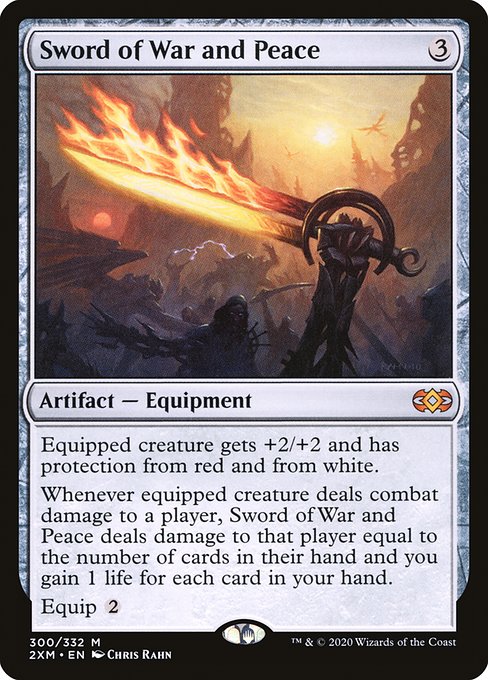Deck & Commander Strategies

Tidus, Yuna's Guardian
Focuses on moving and proliferating counters on creatures to draw cards and gain incremental advantages, using counters as a resource for continuous value.

Cloud, Ex-SOLDIER
Utilizes equipment to boost power, draw cards on attacks, and generate treasure tokens, aiming for fast ramp and overwhelming offense.

Terra, Herald of Hope
Mills cards each combat and reanimates small creatures from the graveyard to maintain a recurring board presence and pressure opponents.

Y'shtola, Night's Blessed
Deals damage to each opponent and gains life whenever casting non-creature spells, combined with card draw triggered by opponents losing life, to control the board and outvalue opponents.
Gameplay Insights
- 1
Cloud's ability to attach equipment on entering and draw multiple cards per attack facilitated quick acceleration and card advantage.
- 2
Terra's combat-triggered milling combined with reanimation created a steady stream of threats that pressured opponents consistently.
- 3
Tidus's limitation to proliferate only once each turn required careful timing to maximize card draw and board control.
- 4
Y'shtola’s damage triggers on casting substantial non-creature spells enabled incremental damage and life gain, balancing offense and defense.
- 5
Players prioritized setting up mana bases and deploying synergistic pieces early to enable their deck’s core mechanics.
- 6
The interplay of different deck strategies—proliferation, equipment synergy, reanimation, and damage triggers—shaped the evolving board state and player interactions.
Notable Cards
-

Cloud, Ex-SOLDIER
-

Tidus, Yuna's Guardian
-

Terra, Herald of Hope
-

Y'shtola, Night's Blessed
-

Sword of War and Peace
Gameplay Summary
The game began with each player choosing one of the Final Fantasy-themed Commander preconstructed decks, featuring Tidus, Yuna's Guardian; Cloud, Ex-SOLDIER; Terra, Herald of Hope; and Y'shtola, Night's Blessed.
Early turns focused on setting up mana bases and deploying key creatures.
Terra's deck aimed to mill cards and reanimate smaller creatures from the graveyard, creating a recurring threat engine.
Cloud's deck revolved around equipment synergies, generating card draw and treasure tokens to accelerate resources.
Tidus's deck capitalized on moving and proliferating counters on creatures to draw cards and maintain board presence, while Y'shtola's deck leveraged damage triggers from casting non-creature spells to control opponents and gain incremental life and card advantage. A pivotal moment was the deployment of Cloud, who synergized well with multiple equipment to draw cards and generate treasure tokens, ramping quickly.
Terra’s ability to mill and return creatures repeatedly pressured opponents by reviving threats.
Tidus's counter manipulation and proliferate effects allowed for steady card advantage and board development.
Y'shtola's damage triggers from casting impactful spells dealt incremental damage to opponents while stabilizing life totals.
The game unfolded with players balancing aggressive board development and resource management, with each deck aiming to leverage its unique mechanics—proliferation, equipment synergy, reanimation, and damage triggers—to outpace the others.
Ultimately, the interactions between these strategies defined the flow and tempo of the match.





















